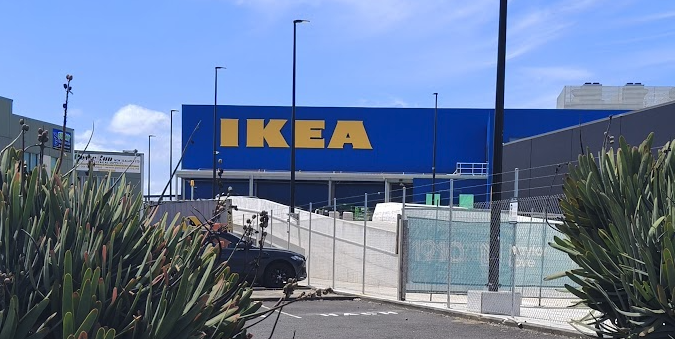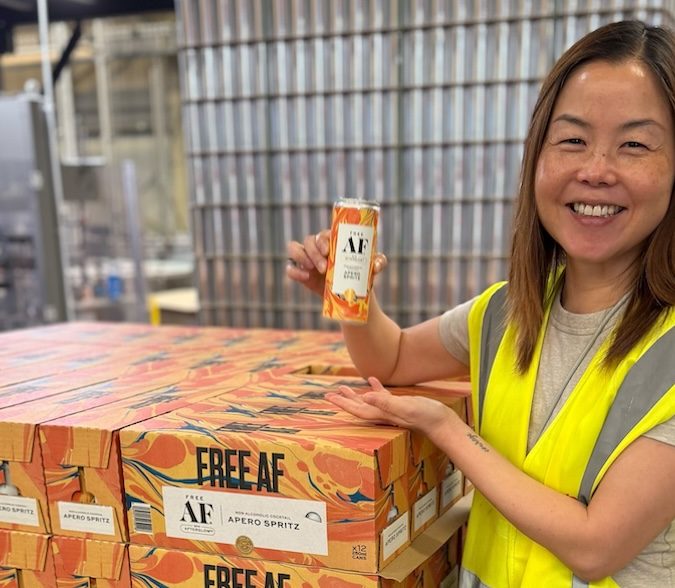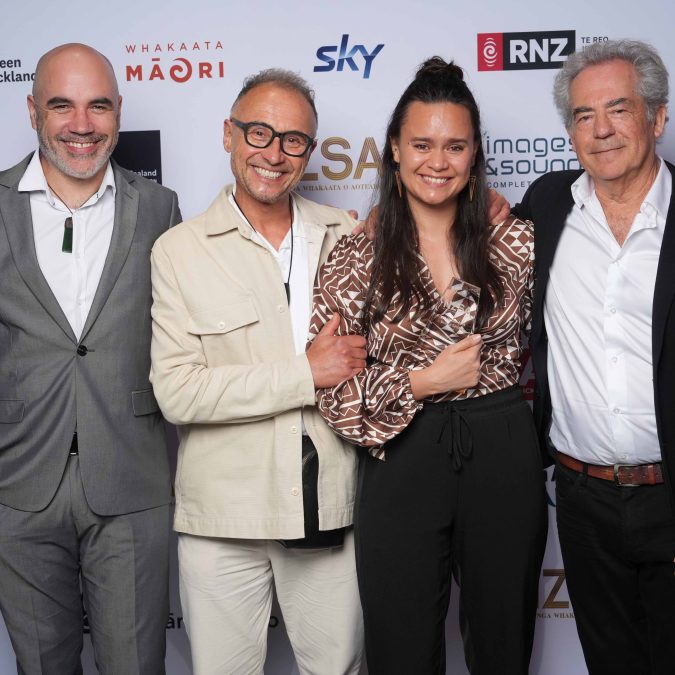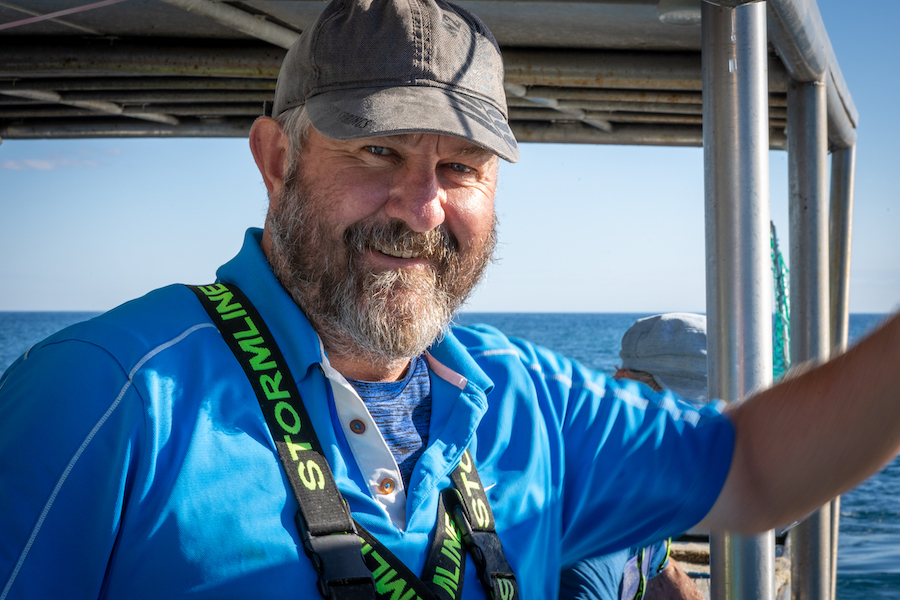
The need to keep dolphins safe has motivated a group of New Plymouth commercial fishermen to invent a new type of bait from waste products.
Fishers Keith Mawson from Egmont Seafoods and Rob Ansley from Ocean Pearl Fisheries, pictured above, have worked with Massey University scientist Jerome Chua to develop a sausage-like bait.
The Fiordland Lobster Company supplied the “sea sausage” ingredient made from 100% crayfish waste.
“The sausages are the solution to a tricky problem in the west coast North Island fishery,” says Mawson.
Rob Ansley had been looking at how to continue to catch rig – an excellent fish in fish and chips.
Traditionally fishers use trawling or set net to catch rig. But this form of fishing has had to move away from rig habitats to protect dolphins, including Maui dolphin. That meant the area’s whole commercial rig fishery was at risk.
“We needed to change to long line fishing. But getting rig to take a hook isn’t easy,” says Mawson.
“We knew that rig love crayfish, but keeping bait made from crayfish waste products on a hook was proving next to impossible. That’s when Jerome Chua came into the mix.”
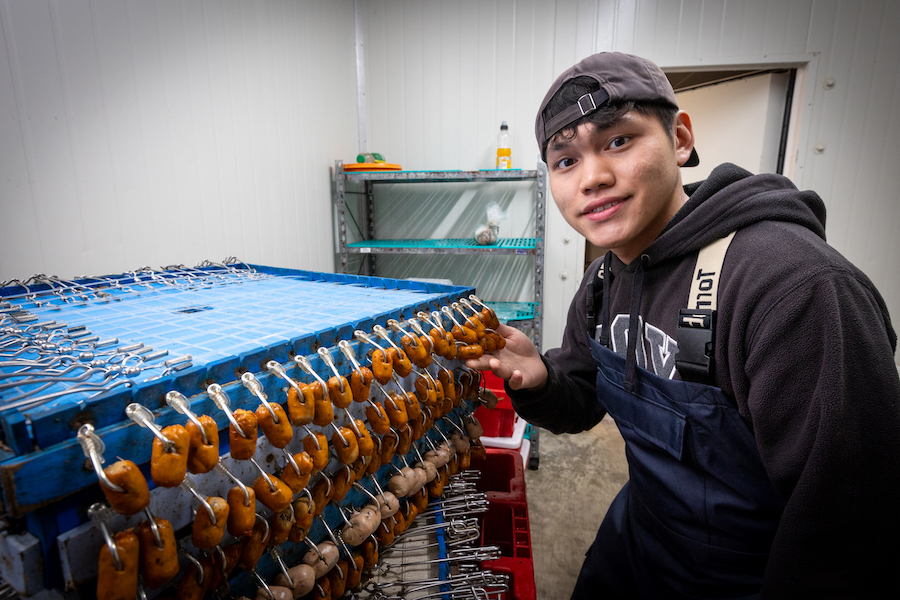
A sea sausage solves all the problems
Chua is a master’s student from Massey University. He found that the right bait consistency – one that will stay on a hook, but rig can’t resist – can be achieved with a small sausage.
The right formula for the sea sausage took around eight months to develop. And the exact recipe is staying secret for now, says Mawson.
But Ansley says there is potential to share the new sausage bait with other commercial fishers in the future.
“The rig love the sausage bait. I had tried all sorts of ways to catch rig on hooks, including crab meat and cray legs. Nothing works as reliably as this. It’s amazing to see it in action,” says Ansley.
“Initially I was worried that the rig wouldn’t be attracted to the bait because it wouldn’t appeal to them visually. But as soon as we started and I saw the results I thought, ‘Nah, we’re away.’
“And the best thing is these sausages are made from what would otherwise be a waste product. Catching rig like this is dolphin friendly and also means we are not competing in any way with recreational fishers.”
It is ticking a lot of boxes in terms of sustainability, say Mawson and Ansley. It is also cost-efficient as bait is becoming expensive.
Mawson says the project was a great example of organisations working together.
They have Callaghan Innovations who helped fund the trials, Venture Taranaki who introduced the many contributors and Massey University who provided the science support.
“The contribution of the Fiordland Lobster Company was vital,” says Mawson.

“We think cooperation like this is an example of what’s great about New Zealand’s commercial fishing sector.
“We put our heads together and get on with solving problems.”


